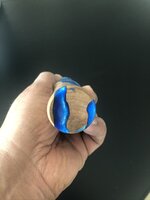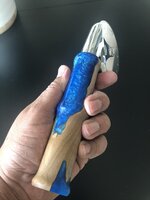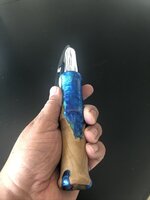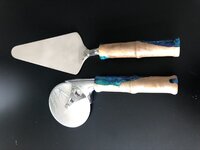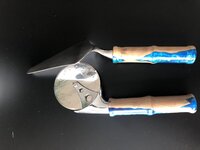Good afternoon,
I've been casting and stabilizing for a couple of years now. My biggest problem, when it occurs, is that I tend to get voids next to the wood when pouring resin in a mold with stabilized wood. I use Alumilite fast. It's as if the resin just doesn't flow into all the areas.
I do most of my work when the outside temperature is not conducive to yard work. I do heat up the "B" part of the Alumilite in a warm water bath because it gets a little thick. My shop is probably close to 60 degrees most of the winter.
Does anyone have any suggestions?
I've been casting and stabilizing for a couple of years now. My biggest problem, when it occurs, is that I tend to get voids next to the wood when pouring resin in a mold with stabilized wood. I use Alumilite fast. It's as if the resin just doesn't flow into all the areas.
I do most of my work when the outside temperature is not conducive to yard work. I do heat up the "B" part of the Alumilite in a warm water bath because it gets a little thick. My shop is probably close to 60 degrees most of the winter.
Does anyone have any suggestions?

